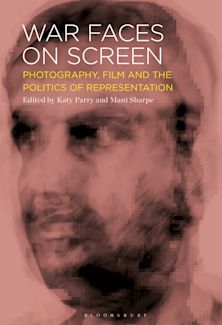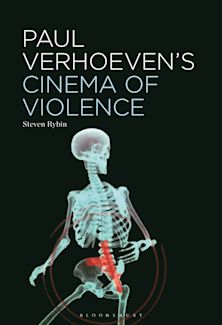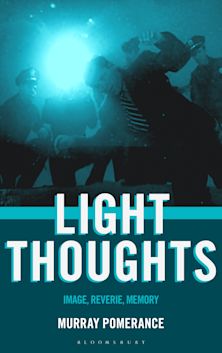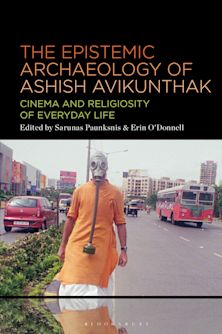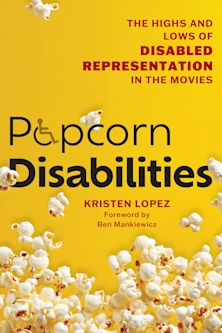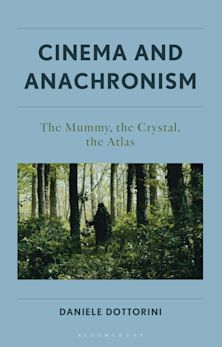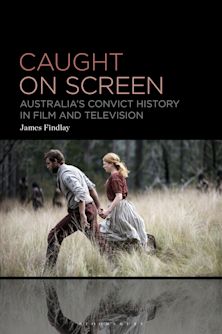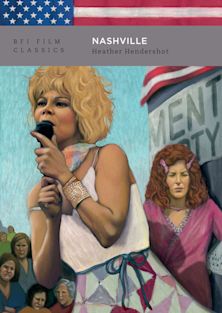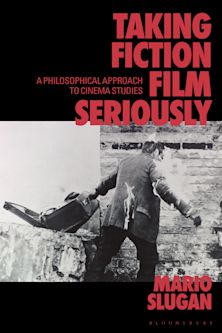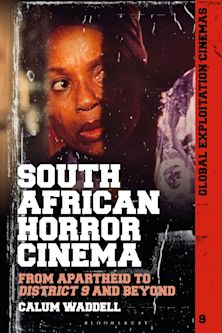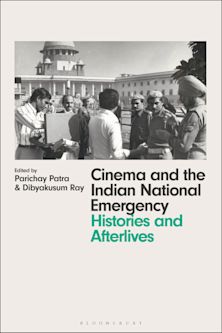- Home
- ACADEMIC
- Film & Media
- Film History
- From Victimhood to Empowerment
From Victimhood to Empowerment
Representing Women in 1920s Soviet Georgian Cinema
From Victimhood to Empowerment
Representing Women in 1920s Soviet Georgian Cinema
You must sign in to add this item to your wishlist. Please sign in or create an account
Description
From Victimhood to Empowerment: Representing Women in 1920s Soviet Georgian Cinema brings the cinematographic works of Georgia's State Film Industry from the margins of the Soviet film studies to the centre. The book focuses on women's representations and explores how the gender roles were modified throughout the decade according to the new social and political ideals employing the discourse analysis, postcolonial perspectives and psychoanalytical feminist film theories.
Bringing together Soviet Georgia's most important films of the period, the book inspects the female body's symbolic function in the aspects of class dichotomy and ethnic hierarchies. It analyzes the construction of the 'Oriental other' by the Russian colonial imagination and its subsequent dismantling in the context of the Caucasus's de-Orientalization. It also examines the characteristics embodied by the 'heroine' and 'villain' of the new social order-the New Soviet Woman and the NEPwoman-and explores women's transformation within the revolutionary setting during the decade.
In the light of Bolsheviks' preoccupation and endeavour to improve 'woman question', the book surveys to what extent women's screen images were emancipated and whatthe functional meaning of this emancipation was in the given context; how the new ideals of the New Soviet woman were inscribed in the period's films and how these ideals were combined with Georgian nationality.
Table of Contents
Notes on Translation and Transliteration
List of Acronyms and Abbreviations
Introduction
1. Class and Symbolic Meaning of Female Bodies
2. At the Intersection of Class and Ethnicity
3. Representing 'East': Oriental Fantasy
4. Transformation of the 'East'
5. Meet the New Soviet Woman: Incompatibility of Femininity and Agency
6. Monstrous Femininity of the NEPwomen
7. Reimagining Revolution as an Oedipal Drama: Transformation of the Mother Figure in the 1920s Revolutionary Films
Conclusion
Selected Filmography
Bibliography
Index
Product details

| Published | 24 Jul 2025 |
|---|---|
| Format | Ebook (PDF) |
| Edition | 1st |
| Extent | 264 |
| ISBN | 9781501383151 |
| Imprint | Bloomsbury Academic |
| Illustrations | 39 bw illus |
| Publisher | Bloomsbury Publishing |
About the contributors
Reviews
-
Attentive to cinematic language and socio-cultural context, this ground-breaking book examines representations of women in 1920s Soviet Georgian cinema, tracing their evolution from victimized object to empowered subject. Revealing much of importance about women's history in Georgia, its national focus also deepens our understanding of the early Soviet cinema industry.
Rachel Morley, Associate Professor, University College London, UK
-
This pathbreaking book recenters Soviet Georgian silent cinema as a profoundly and deliberately Georgian cultural product despite increasing pressure from Moscow. Tsopurashvili's deep research in Georgian-language sources combines with her mastery of multiple theoretical approaches to create a complex and fascinating portrait of an era as well as to illuminate the key role films played in both reinforcing and combatting the exoticization of Georgian women on screen. A major contribution to film, gender, and decolonization studies as well as a timely reminder of the importance of "small" national cinemas.
Denise J. Youngblood, Professor of History Emerita, University of Vermont, USA
-
From Victimhood to Empowerment is a novel and meticulous exploration of Georgian cinema from the 1920s, deftly illuminating a cinematographic tradition long marginalized within Soviet film scholarship. Tsopurashvili is a reliable guide to all facets of the decade: the culture, politics, and cinematography, expertly theorizing how the female body serves as a complex site of moral, ideological, and colonial negotiation. This is an essential text for scholars of early Soviet cinema. It expands disciplinary boundaries and challenges existing narratives, all while doing the important work of bringing to light a fuller picture of Georgian filmmaking in the wake of revolution.
Alyssa DeBlasio, John B. Parsons Chair in the Liberal Arts & Sciences, Dickinson College, USA
-
Rooted in extensive archival research and informed by refined critical frameworks, Salome Tsopurashvili's study fills a long-standing lacuna in our understanding of the defining decade of Soviet film history. While the discussion primarily focuses on the figuration of gender and class relations in the productions of the newly founded Tbilisi studio, it also paints a broader picture of the emergent film industry in Georgia by contextualising its early development in the peripheries of the new Soviet conglomerate in which new artistic trends often went hand in hand with the vestiges of old imperial imaginary.
Dušan Radunovic, Associate Professor/Director of Studies (Russian), Durham University, UK

ONLINE RESOURCES
Bloomsbury Collections
This book is available on Bloomsbury Collections where your library has access.












